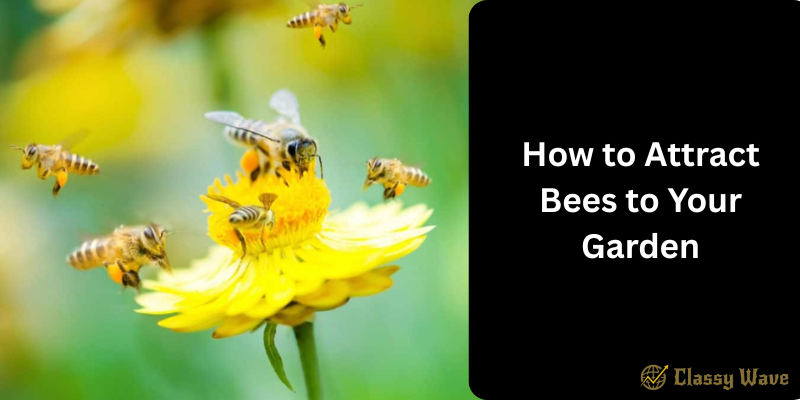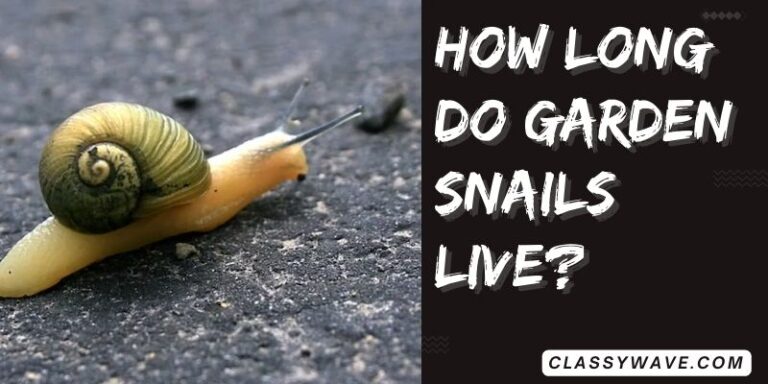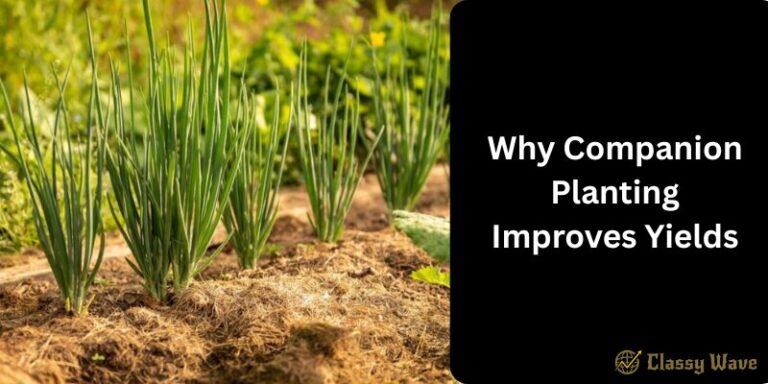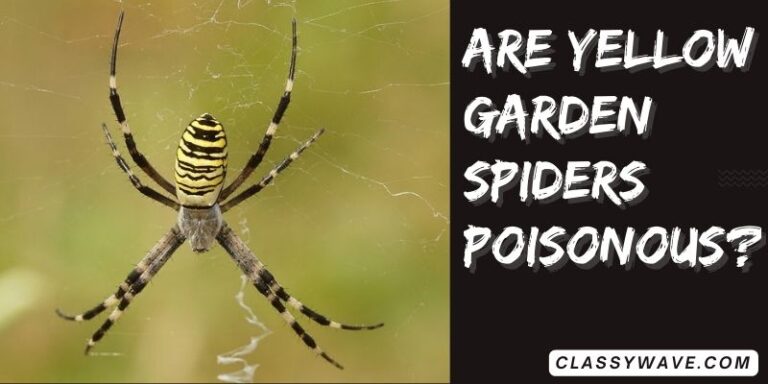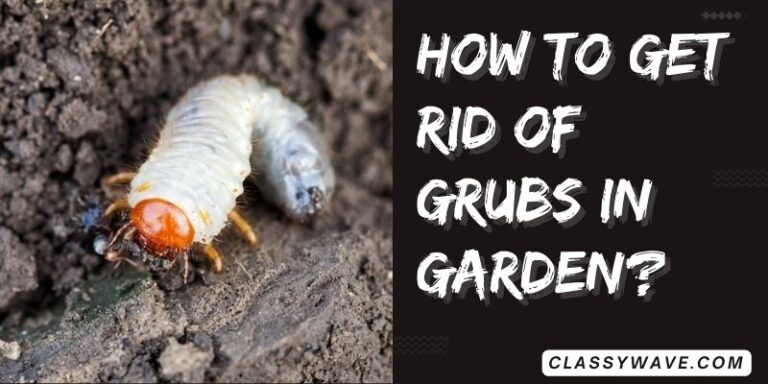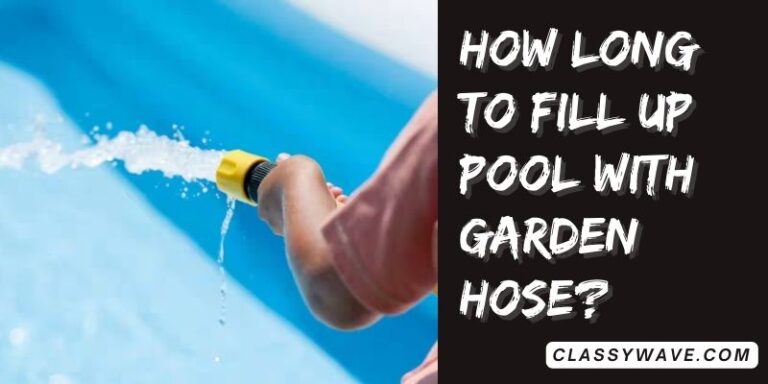How to Attract Bees to Your Garden | Classy Wave
If your garden feels quiet and lifeless, it might be missing one of nature’s best helpers — bees! These tiny pollinators are essential for the health of your plants, helping fruits, vegetables, and flowers grow beautifully. But how do you encourage bees to visit and stay in your garden? Don’t worry — with a few simple tricks, you can turn your space into a buzzing paradise.
Why Bees Are Important for Your Garden
Bees play a vital role in pollination, which helps plants reproduce and produce fruit. Without bees, many of your favorite plants — like tomatoes, strawberries, and cucumbers — wouldn’t thrive. Having bees in your garden means better harvests, brighter blooms, and a healthier ecosystem overall.
1. Plant Bee-Friendly Flowers
Bees are naturally drawn to bright, colorful flowers that produce nectar and pollen. Choose a mix of plants that bloom throughout the year to provide bees with food in every season.
Some great bee-attracting flowers include:
- Lavender
- Sunflowers
- Marigolds
- Coneflowers
- Zinnias
- Clover
- Sage
Try planting clusters of the same flower — bees love larger patches because they can gather food more efficiently.
2. Avoid Using Pesticides
Pesticides are harmful to bees and can even drive them away permanently. Instead, use natural pest control methods like neem oil, garlic spray, or companion planting (like basil next to tomatoes). Organic gardening practices not only protect bees but also create a healthier environment for all your plants.
3. Provide a Water Source
Just like humans, bees need water to stay hydrated — especially during hot days. You can create a simple bee watering station by placing a shallow dish filled with clean water and adding small stones or marbles. This gives bees a safe place to land while they drink without drowning.
4. Grow Herbs That Bees Love
Herbs are a great addition to your garden and attract bees with their fragrant flowers. Some of the best herbs for pollinators include:
- Mint
- Thyme
- Oregano
- Basil
- Rosemary
- Chives
Let some of your herbs flower instead of constantly trimming them — the blooms are a bee magnet!
5. Create a Bee Shelter
Bees need safe spaces to rest and lay eggs. You can make a bee hotel using bamboo sticks, wooden blocks with holes, or even bundles of hollow plant stems. Place the shelter in a sunny, dry spot protected from the wind. It’s an easy DIY project that makes a big difference!
6. Keep Your Garden Blooming All Year
Bees need a consistent food source. Try planting flowers that bloom in different seasons — for example, marigolds in spring, lavender in summer, and asters in autumn. This ensures bees can always find nectar when visiting your garden.
7. Choose Native Plants
Native plants are naturally adapted to your local climate and attract local bee species. They’re easier to maintain and provide exactly what native bees need. Check which plants grow best in your region — your local nursery can help with this.
8. Leave Some Weeds
Not all weeds are bad! Dandelions, clovers, and wildflowers are actually favorites among bees. Instead of pulling everything out, let a few patches grow naturally. These “weeds” often bloom early in spring when other flowers haven’t appeared yet, giving bees an early food source.
9. Add Color and Variety
Bees see colors differently — they’re especially attracted to blue, purple, yellow, and white flowers. Adding a mix of colors not only makes your garden more beautiful but also more appealing to bees.
10. Avoid Perfect Lawns
A flawless lawn may look neat, but it doesn’t offer food or shelter for bees. Allow parts of your lawn to grow wild with clovers, daisies, or other flowering plants. Even a small patch can make a big impact on bee activity.
11. Keep the Buzz Going Year After Year
Once bees find your garden, they’ll keep coming back if it remains a welcoming place. Maintain your flowers, avoid chemicals, and refresh your bee hotel every spring. Over time, you’ll notice more buzzing activity and better pollination results.
Conclusion
Attracting bees to your garden isn’t just about growing plants — it’s about creating a friendly, natural habitat. By planting the right flowers, avoiding pesticides, and providing water and shelter, you’re helping bees thrive while boosting your garden’s beauty and productivity. Remember, a bee-friendly garden is a sign of a healthy, balanced environment — and it all starts with a few simple steps!

